I'm wondering if it's possible to combine two sets of data (made up of two lists each) into a pygal chart.
The code would look something like this:
new_chart = pygal.StackedBar()
# set 1
new_chart.add('1-1',[1,2,3,4])
new_chart.add('1-2',[4,3,2,1])
# set 2
new_chart.add('2-1',[9,8,7,6])
new_chart.add('2-2',[6,7,8,9])
new_chart.render()
But I would want the second set to be next to (not stacked on) the first set.

